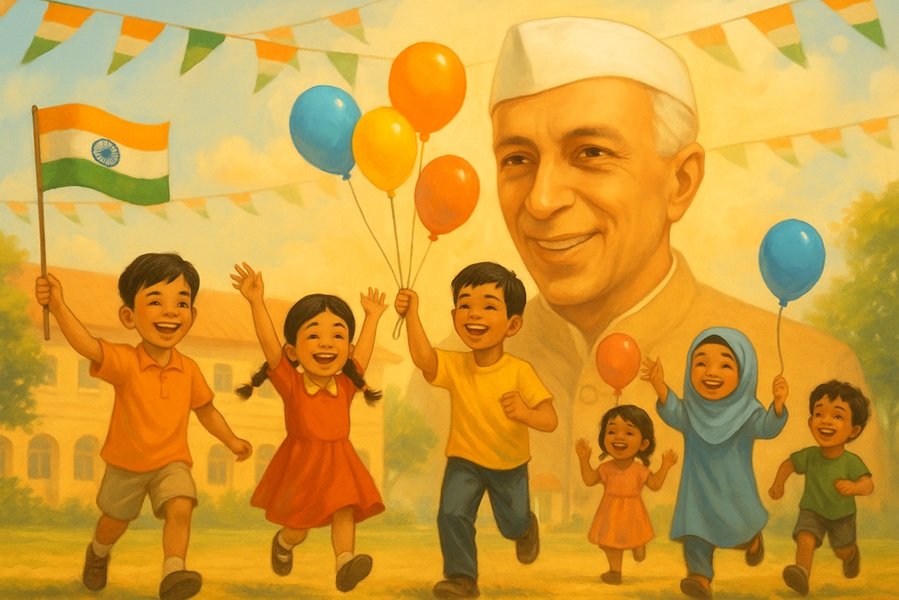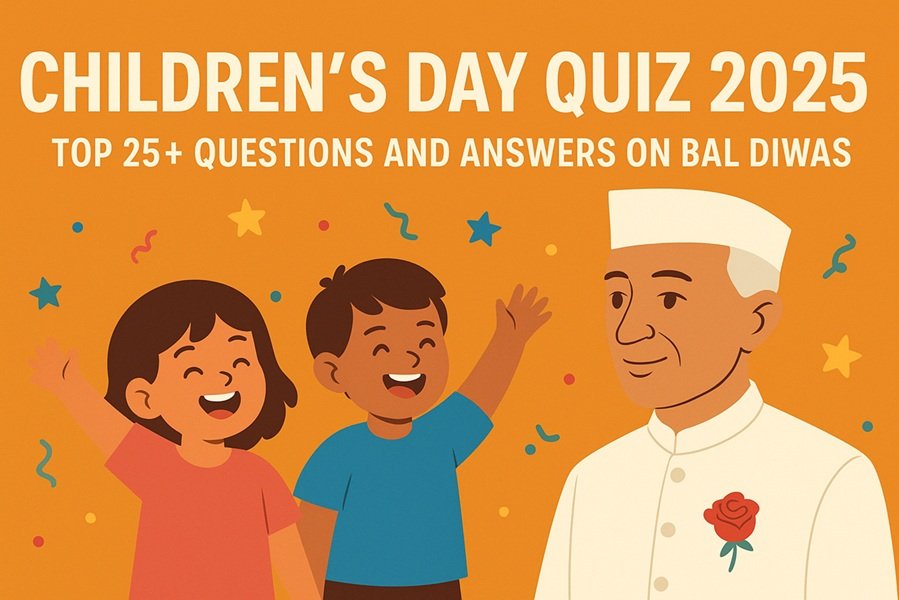
Introduction
In an age where artificial intelligence (AI) and deepfake technologies are advancing rapidly, misinformation is no longer limited to text and images—it now includes highly convincing fake videos. A recent example involves a fabricated video of India’s External Affairs Minister Dr. S. Jaishankar, which falsely shows him issuing an apology over India’s foreign policy stance.
This manipulated content has been widely circulated on social media platforms, including WhatsApp, X (formerly Twitter), and Facebook, causing concern and confusion among viewers. However, the Press Information Bureau’s Fact Check unit (PIB Fact Check) has confirmed that the video is entirely fake and AI-generated.
What Does the Fake Video Show?
The viral video depicts Dr. S. Jaishankar appearing to apologize for India’s recent diplomatic moves—a statement that is completely untrue and never made. The video appears realistic, with manipulated lip movements, expressions, and voice, created using sophisticated deepfake tools powered by artificial intelligence.
The doctored video was allegedly spread by foreign propaganda networks, aiming to mislead Indian citizens and erode public confidence in the government’s foreign policy decisions.
🚨 Fake AI Video Alert ⚠️
— PIB Fact Check (@PIBFactCheck) May 10, 2025
A doctored video showing EAM @DrSJaishankar apologizing is circulating online.#PIBFactCheck
✅ The video is AI-generated and part of false propaganda
🔍 Stay alert. Don't fall for misinformation.#IndiaFightsPropaganda@MIB_India @DDNewslive… pic.twitter.com/cVSxbg3w6C
PIB Fact Check Clarifies the Truth
On May 9, 2025, the official fact-checking handle @PIBFactCheck posted a warning about the circulating video:
“A doctored video showing EAM @DrSJaishankar apologizing is circulating online.
✅ The video is AI-generated and part of false propaganda.
🔍 Stay alert. Don’t fall for misinformation.”
This timely intervention by the government highlights the dangers of deepfake content and the ease with which it can be weaponized to misinform the public.
How to Spot AI-Generated or Deepfake Videos
AI-generated videos, while becoming increasingly realistic, still exhibit certain telltale signs. Here’s how to identify them:
- Unnatural Facial Movements – Pay attention to mouth synchronization, eye blinking, and head tilting.
- Audio Mismatch – Voice quality may sound robotic or lack emotion.
- Video Artifacts – Look for visual glitches around the face, especially during expressions or fast movements.
- Unverifiable Claims – Always check if the video is supported by credible sources or covered by mainstream media.
The Danger of Deepfake Propaganda
Fake videos can have serious consequences:
- Damage to Public Trust: When high-ranking officials are falsely portrayed, it weakens confidence in leadership.
- Potential for Diplomatic Fallout: Misleading content may influence international relations and public perception.
- Incitement of Conflict: Propaganda campaigns often seek to incite unrest or panic among citizens.
- Election Manipulation: Deepfakes are often used during elections to defame candidates or influence voter opinion.
The Indian government has repeatedly warned against such content, especially amid heightened geopolitical tensions, and is working with digital platforms to identify and remove deepfakes.
What You Should Do
✅ Always verify before sharing:
Check with official government sources such as @PIBFactCheck and the Press Information Bureau.
✅ Report misleading content:
You can report fake news and videos to PIB Fact Check via:
📧 Email: factcheck@pib.gov.in
📱 WhatsApp: +91-8799711259
✅ Educate others:
Make friends and family aware of the existence of deepfakes and how to identify them.
Explore all fake news here: Fake News Busted
Conclusion
The viral video showing External Affairs Minister Dr. S. Jaishankar apologizing is a fabricated deepfake created using artificial intelligence tools. The PIB Fact Check team has confirmed that no such statement was made, and the video is part of a coordinated disinformation campaign.
In an era where visual misinformation is harder to detect, digital literacy and vigilance are the most effective tools to combat such propaganda. Let’s stay alert, question what we see, and rely only on trusted sources for information.



